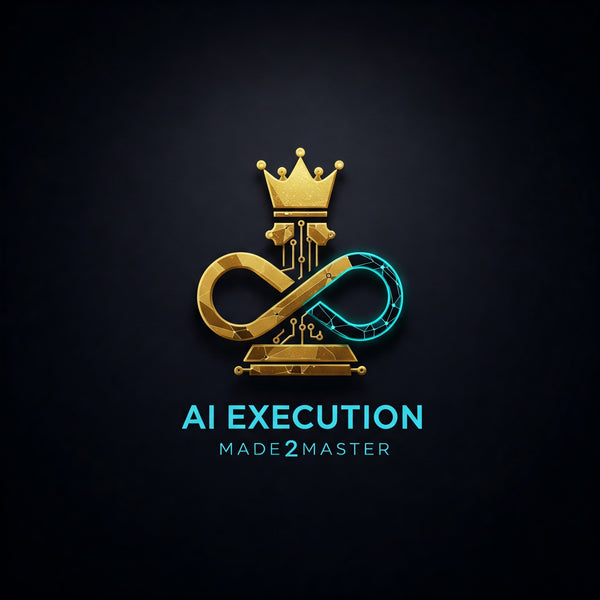The Architecture of Obedience – How Systems Train Us to Stay Small
Share
The Architecture of Obedience – How Systems Train Us to Stay Small
Most people don’t need to be watched. They’ve already internalized the system. That’s not a glitch—it’s the goal.
From school bells to algorithmic rewards, we’re taught to obey protocols we didn’t write. You can chase freedom all you want—but if you’re running inside a maze designed by someone else, that freedom is an illusion.
Control Isn’t About Force—It’s About Familiarity
Most dominance systems don’t need surveillance. They need habitual compliance. AI is learning how to anticipate your behavior better than you can explain it. That’s not intelligence. It’s training.
You’re not just being tracked. You’re being shaped—nudged, rewarded, corrected—until your behavior no longer threatens the system. This is why elite strategists don’t just use AI. They train it to retrain the environment.
The Rise of AI-Conformity Protocols
Every tool we adopt trains us in return. When we automate without strategy, we amplify obedience. The question is: do your prompts liberate… or embed dependency?
The future will belong to those who engineer systems that train others, not just serve them. Dominance will no longer be about who owns the most—it will be about who shapes the most behavior at scale.
Strategists Build Triggers, Not Just Tasks
Ordinary creators build content. Elite architects build invisible logic layers: - Triggered responses - Cascading behaviors - Systematic compliance loops - Perception ecosystems
If your current AI use case doesn’t embed feedback loops, you’re not building systems. You’re feeding someone else’s.
The most dangerous prisons don’t need guards. They need patterns.



